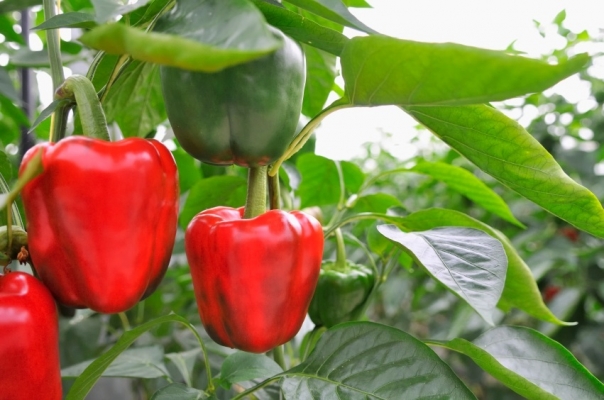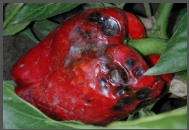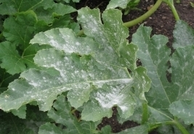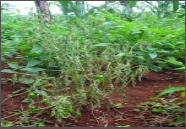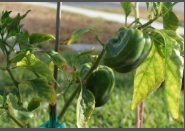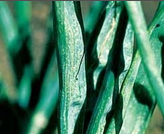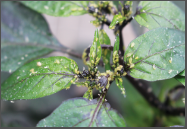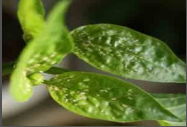California Wonder: It is a medium height plant, broad leaves and deep green color fruits. First harvesting is done after 75 days of sowing. The variety is suitable for sowing in Solan, Kullu, Sirmour, Chamba, Kangra and Shimla regions. It gives an average yield of 52-62qtl/acre.
Yellow Wonder: It is a medium height plant, broad leaves and deep green color fruits. The variety gets mature in 70 days. It gives an average yield of 50-58qtl/acre.
Bharat: Medium plant height, shiny green color fruits. The variety gets mature in 80 days and gives 52-80qtl/acre of yield.
Solan Hybrid-1: Early maturing and high yielding variety. It is suitable for intermediate areas. The variety is resistant to fruit rot.
Solan Hybrid-2: Early maturing and high yielding variety. The variety gets mature in 60-65 days and gives 135-156qtl/acre of yield. The variety is resistant to fruit rot.
Solan bharpoor: New variety which gets ready after 70-75 days of transplanting. Fruits are bell shaped, deep green in color and 50-60gm weight per fruit. It gives an average yield of 125qtl/acre. The variety is resistant to root rot and leaf spot disease.
Other state variety:
Bomby (red color): It is an early maturing variety. This variety has tall and strong plant having good branching. It requires adequate shelter for fruit development. It contains dark green color fruits which become red at the time of maturity having an average weight of 130-150gm. It has longer shelf life and can be ideal for long distance transportation.
Orobelle (yellow color):It is grown in mainly cold climate. The fruits are almost square in shape having medium-thick wall. The fruits become yellow at the time of maturity having an average weight of 150gm. It is disease resistant variety which can be grown in open field and in greenhouses.
Indra (green):This variety has tall and bushy appearance. It has dark green color leaves having dense foliage. Fruits are dark green in color with an average weight of 170gm. Fruit development starts after 50-55 days of harvesting. It is ideal for long distance transportation and has longer shelf life.
Chinese Giant, World Beater, Yolo Wonder Bharat, Arka Mohini, Arka Gaurav, Arka Basant, Early Giant. Bullnose, King of North, Ruby King, etc. are the important varieties of capsicum grown in India.

